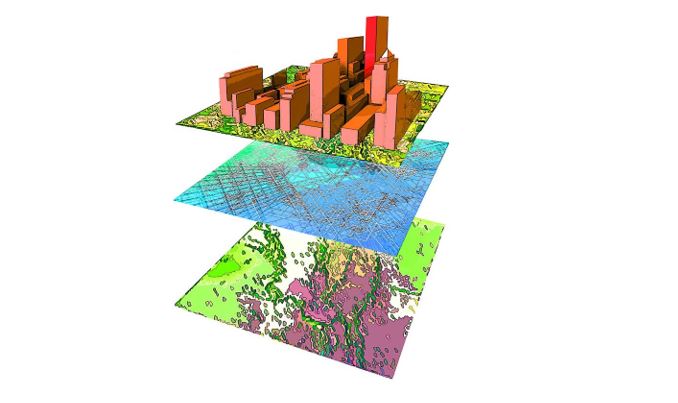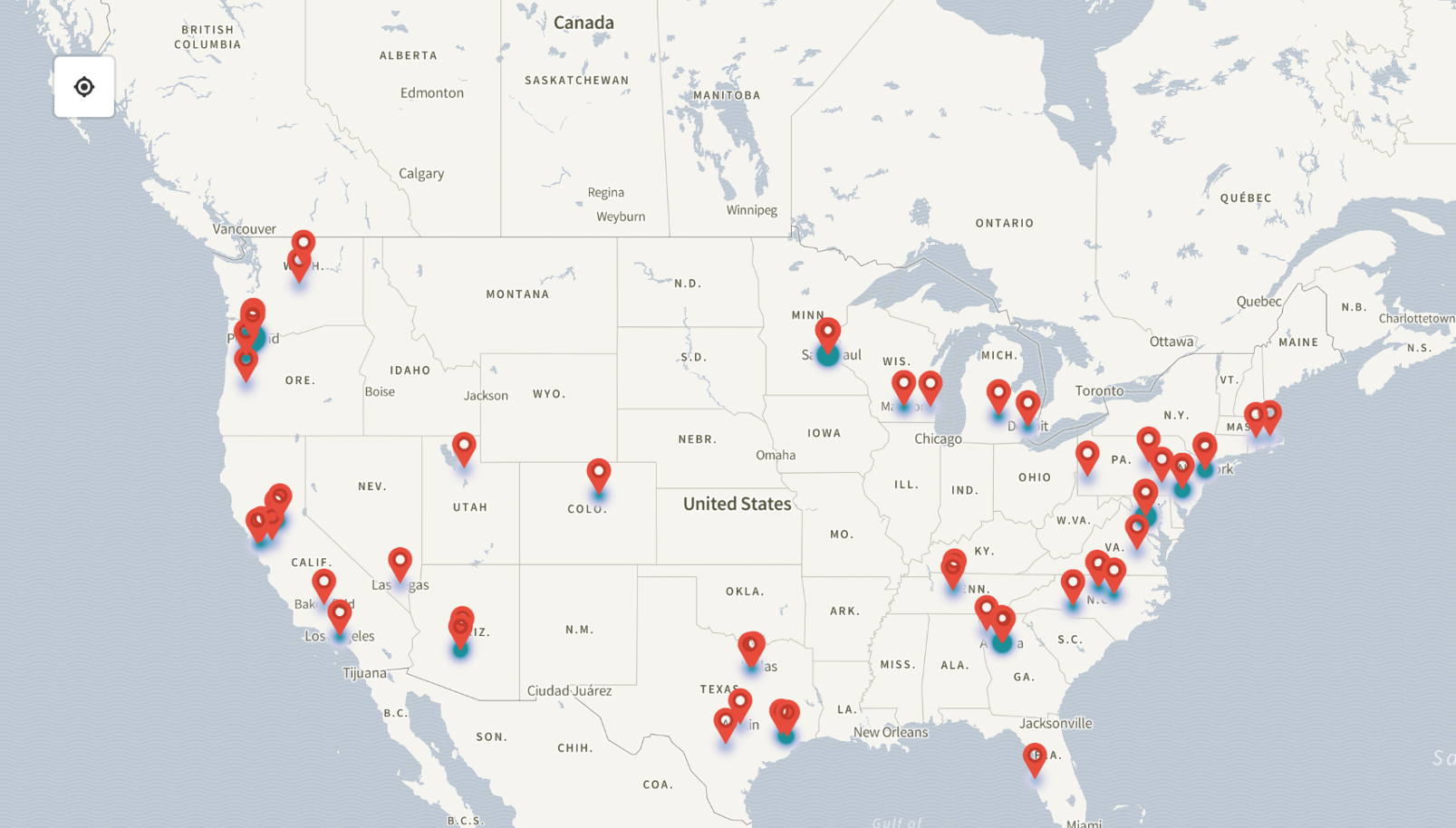Welcome to our resource hub! This page is designed to serve as a comprehensive knowledge hub for spatial analysis, early warning and early action for conflict and atrocity prevention, and more. Here, you will find a curated collection of resources intended to support and enhance learning in these critical areas. Our goal is to provide practitioners, researchers, and technologists with a centralized repository of materials that offer valuable insights, best practices, case studies, and research papers related to spatial analysis and EW/EA.
Whether you are seeking to deepen your understanding, explore innovative approaches, or stay updated with the latest developments, our platform is dedicated to facilitating continuous learning and professional growth in this field.
If you believe there are critical resources missing and would like to suggest additions, you can contact us at humgeo.hhi@gmail.com or share it with individuals in the community of practice.
Spatial analysis provides a powerful framework for understanding and interpreting complex spatial relationships. By harnessing the potential of spatial data, patterns, and modeling techniques, it facilitates evidence-based decision-making, resource optimization, early warning systems, and so much more. Its interdisciplinary nature and ability to visualize data in geographic contexts make it an essential tool for addressing various challenges and creating sustainable, resilient, and equitable solutions. Want to learn more?
Spatial Literacy and Analysis ResourcesFor the purpose of this project, the operational principles of conflict early warning is defined as: delivering the right information; at the right time; to the right stakeholders; in the right format; for the right action (Palihapitiya 2018). This can mean the collection of data of an impending or unfolding atrocity, relaying that information to civil society, law enforcement, and other key actors to inform timely interventions that prevent the atrocity from occurring at all or mitigating its effects mid or downstream.
Early Warning/Early Action ResourcesThe adoption and adherence to a shared geospatial ethical framework are fundamental for promoting the safety and security of vulnerable populations in crisis. Geospatial analysis often involves the collection and analysis of sensitive data and ethical standards are critical to promoting transparent analysis while avoiding harm.
Geospatial and humanitarian ethics resources


